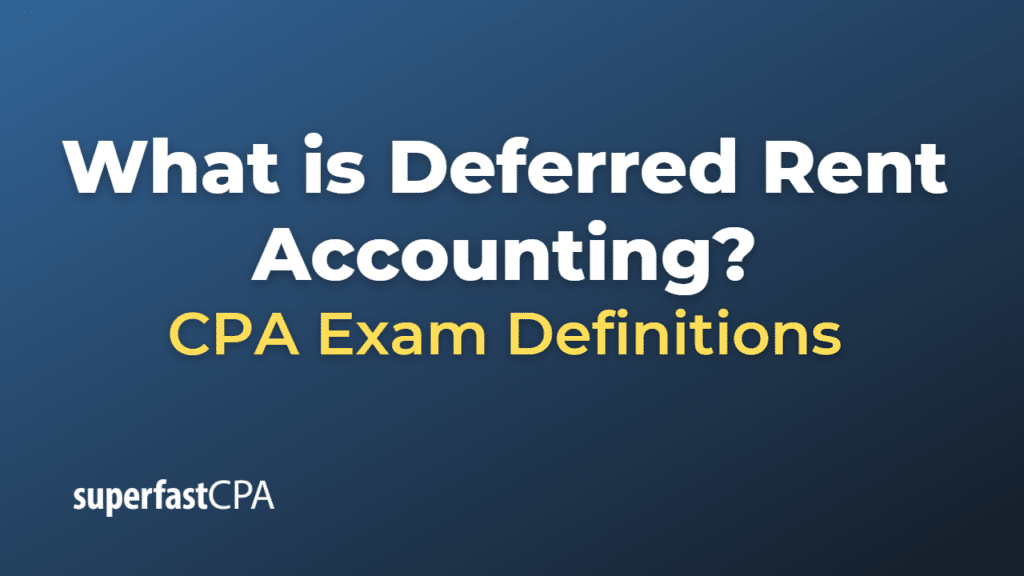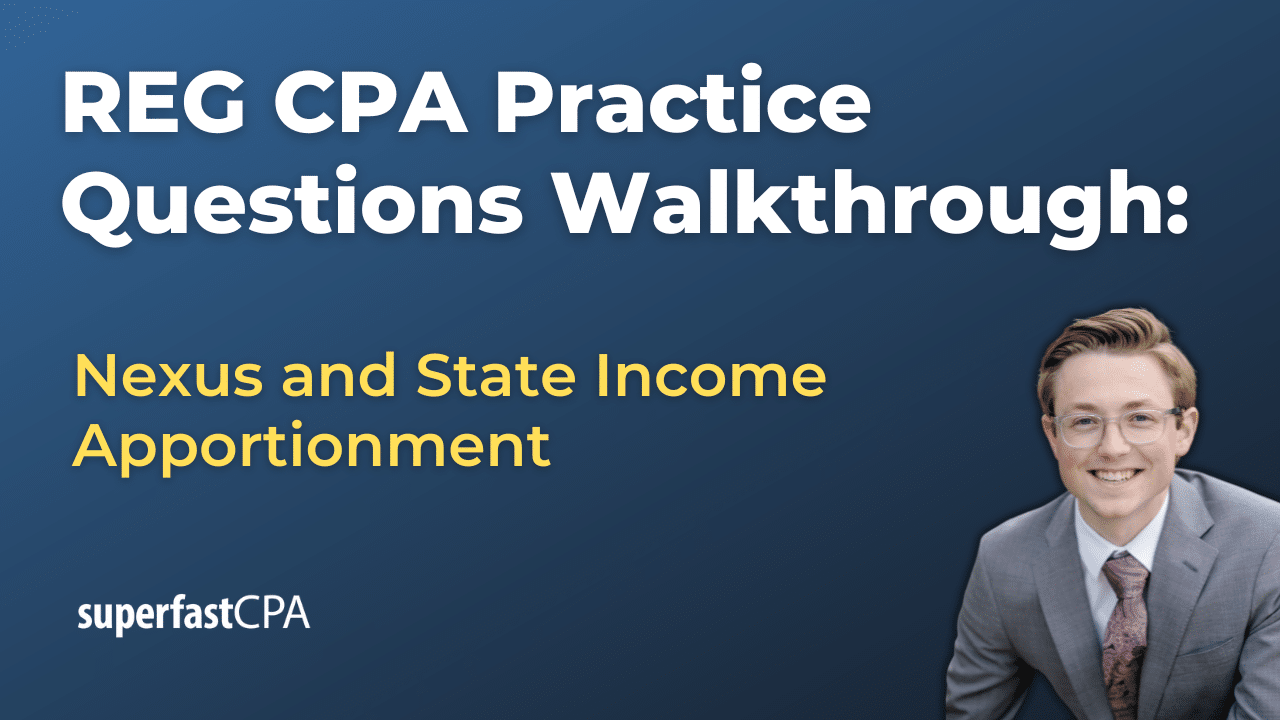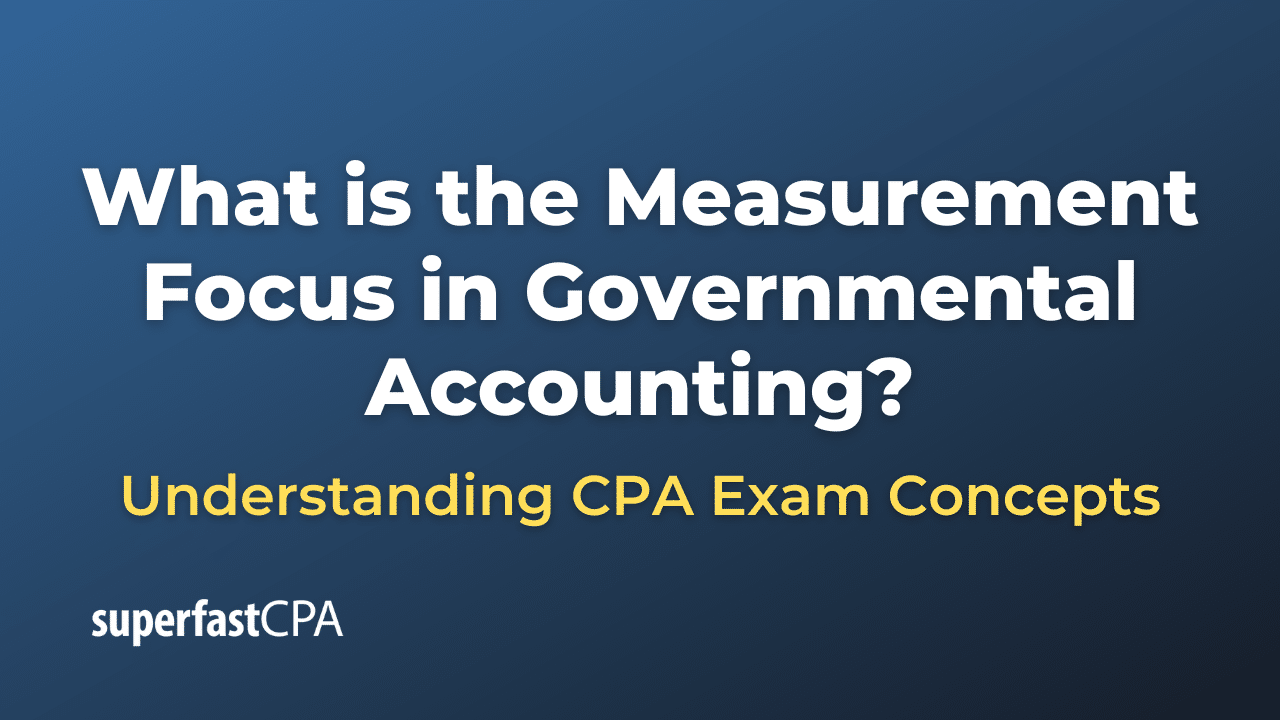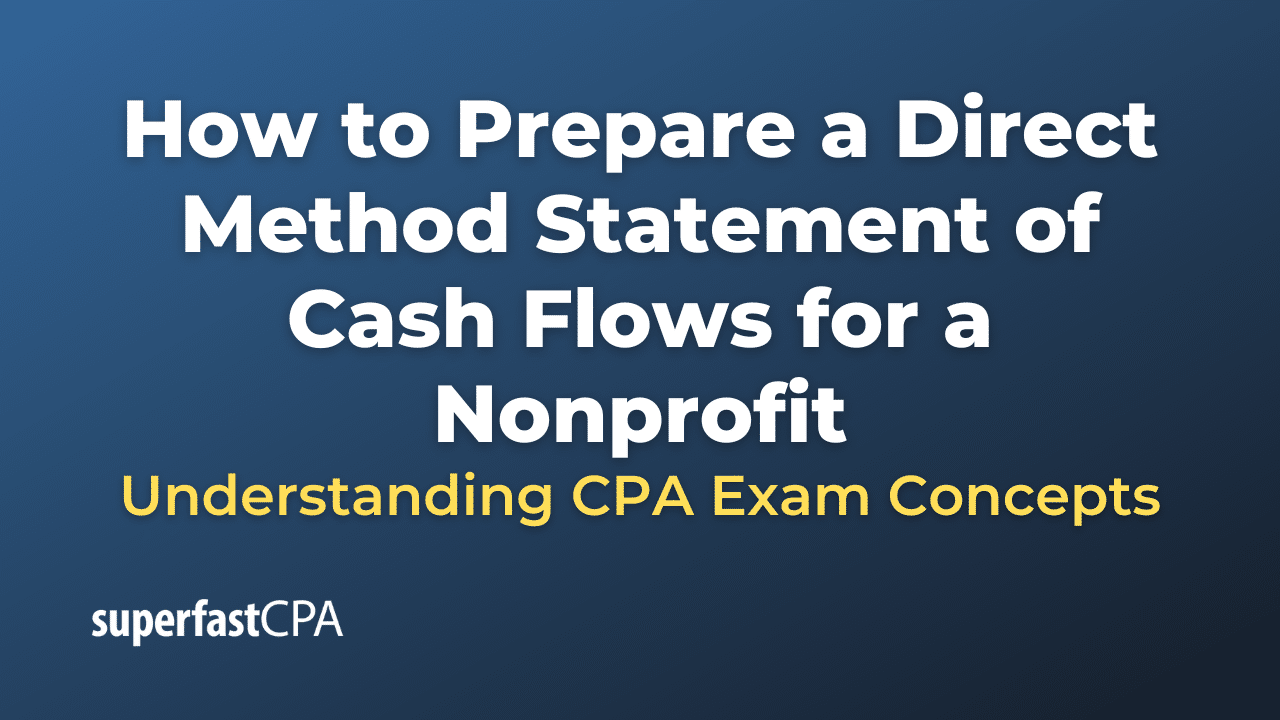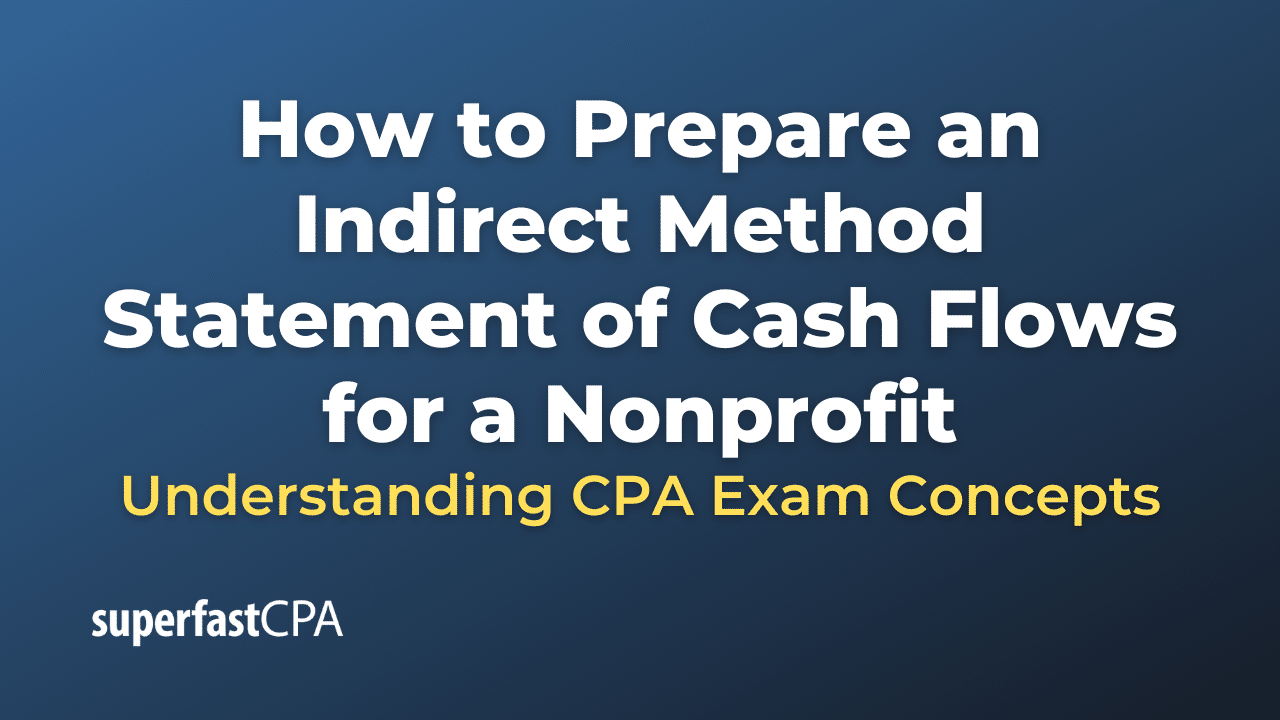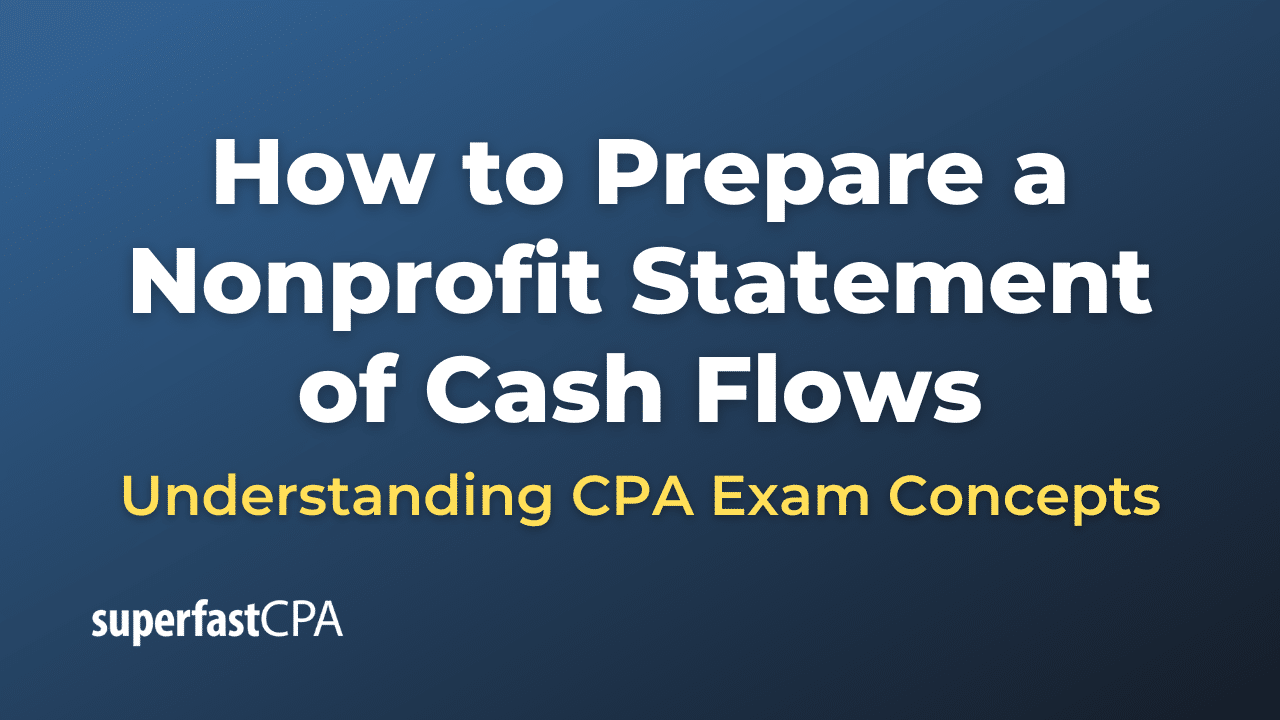Deferred Rent Accounting
Deferred rent accounting is a concept that arises in lease accounting when the amount of cash paid to the lessor differs from the accounting expense recognized by the lessee. This can occur when a lease agreement includes rent escalations, rent holidays, tenant improvements paid by the lessor, or any other incentives which cause the rent expense to deviate from the actual cash payments.
Under the straight-line method of lease expense recognition, companies recognize rent expense evenly over the term of the lease. The difference between the actual cash paid and the expense recognized on the income statement is recorded on the balance sheet as a deferred rent liability (if more cash is paid than expense recognized) or asset (if less cash is paid than expense recognized).
However, it’s important to note that new lease accounting standards have been implemented by the Financial Accounting Standards Board (FASB) in the U.S. and the International Accounting Standards Board (IASB) internationally. These new standards (ASC 842 and IFRS 16, respectively) largely do away with the concept of deferred rent, as they require lessees to recognize a right-of-use asset and a lease liability for virtually all lease contracts, including those previously classified as operating leases under the old standards. The new standards came into effect in 2019 and 2021, respectively. As such, the concept of deferred rent is less relevant for financial reporting under these new standards.
Example of Deferred Rent Accounting
Let’s walk through an example of deferred rent accounting:
Let’s assume that a company enters into a five-year lease for an office space where the lease payments are structured as follows:
- Year 1: $12,000
- Year 2: $14,000
- Year 3: $16,000
- Year 4: $18,000
- Year 5: $20,000
Under this lease, the total lease payments over the five years would be $80,000.
Now, according to the straight-line method of expense recognition, the company would calculate the average annual lease payment and recognize this amount as rent expense each year, regardless of the actual amount paid in that year. In this case, the average annual lease payment is $16,000 ($80,000 divided by 5 years).
Here’s how the deferred rent would be calculated each year:
- Year 1: The company pays $12,000 in cash but recognizes $16,000 in rent expense. This creates a deferred rent liability of $4,000 ($16,000 – $12,000).
- Year 2: The company pays $14,000 in cash but recognizes $16,000 in rent expense. This creates an additional deferred rent liability of $2,000 ($16,000 – $14,000), bringing the total deferred rent liability to $6,000 ($4,000 + $2,000).
- Year 3: The company pays $16,000 in cash and recognizes $16,000 in rent expense. There is no change in the deferred rent liability this year. The total deferred rent liability remains $6,000.
- Year 4: The company pays $18,000 in cash but recognizes only $16,000 in rent expense. This reduces the deferred rent liability by $2,000 ($16,000 – $18,000), bringing the total deferred rent liability to $4,000 ($6,000 – $2,000).
- Year 5: The company pays $20,000 in cash but recognizes only $16,000 in rent expense. This reduces the deferred rent liability by $4,000 ($16,000 – $20,000), bringing the total deferred rent liability to $0 ($4,000 – $4,000).
So, over the course of the lease, the total cash paid equals the total rent expense recognized, but because of the uneven payment schedule, a deferred rent liability was created and then gradually reduced back to zero.
Again, it’s important to note that this is a somewhat simplified example. The actual accounting for leases can be more complex and is subject to specific accounting standards, which have been updated in recent years (ASC 842 in the U.S. and IFRS 16 internationally) to require the recognition of most leases on the balance sheet.

